Unlimited Data.
Infinite Possibilities.
Looking for B2B data? Download Unlimited data using our Chrome extension at just $79/month.

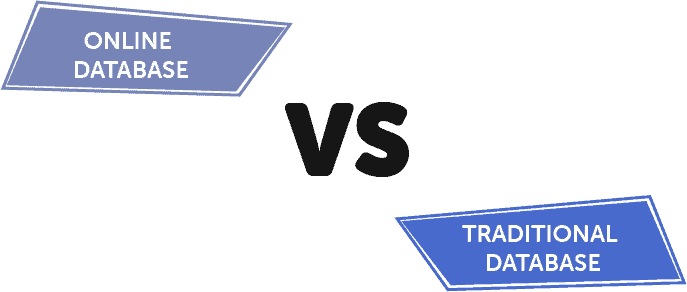

Data has existed for many-a-year, and its importance has been growing exponentially with time. Be it for businesses or individuals, storage and accumulation of relevant and essential information is necessary for both entities. And with the passing of time, how data was/is created and stored, can be divided into two broad categories, i.e. traditional databases and online databases.
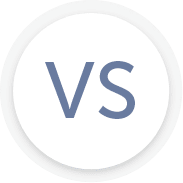


WHAT IS A TRADITIONAL DATABASE?
WHAT ARE ONLINE DATABASES?


Traditional databases are those sets of data or information that is collected, analyzed, segregated and stored manually within a static storage system like, paper files, external hard disks or that of computer systems.
Online databases are those sets of data that are accessed, managed and stored using a cloud-based system. However, their relevance would be assigned by the businesses or the individuals owning them. The most significant and unique characteristic of this form of a database is that it is stored on remote internet servers given by various cloud computing service providers or software.
Years in Existence:
From the time written text has been around.
Years in Existence:
20+ years

FACT: Traditional databases cut down the time a data scientist is allowed to spend on data analytics, which is not good.
Traditional databases are safe from malware attacks or online hacks
Mishaps like fire, flood, or an earthquake can harm Traditional databases
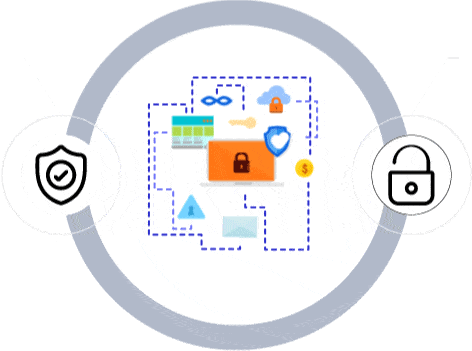
Online databases are prone to be attacked by malware and online hacks
Online databases have zero possibility of being affected by fire, flood, etc.
Traditional Database requires the users to be present near the source of storage for access
of time is spent in finding the right data
of time is spent on data analytics

Online databases can be accessed from any location, provided there’s an uninterrupted connection to the internet
The cloud computing industry is expected to touch more than 14 billion in 2019
The DBaaS currently has 67% annual compound growth rate overall.
Traditional Databases consume a lot of time to edit as the user needs to sift through paper files, registers or folders manually
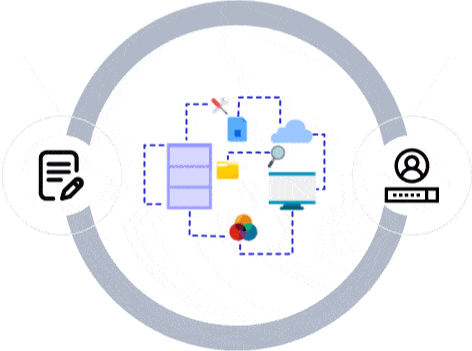
Online Databases are much easier to edit as the files you want to revise are just a click away and even though it needs you to login to your account in person, it does not consume much time
Traditional databases cannot be analyzed easily as the required files need to be selected manually. So, one can only imagine the number of folders one has to go through to reach the final outcome/analysis
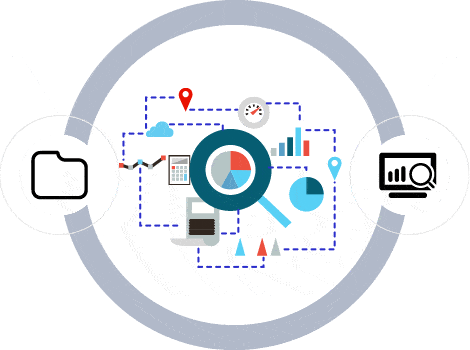
Online databases, on the other hand, gives the users the comfort of attaining the needed data with just a click as it is a web database, and you only need access to the internet
Online Database Saves Time!
Traditional Database computing makes you invest in hard-drives, desktops, paper files of high quality and in massive volumes. It surely is expensive for the businesses who deal with huge data flow regularly
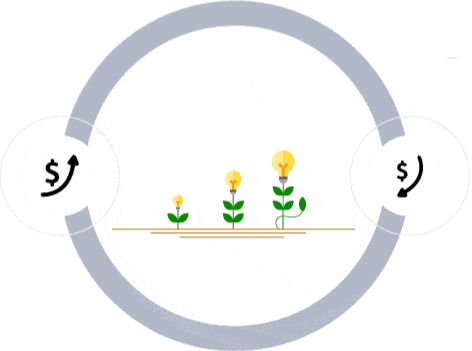
Online Databases requires you to make lower investments for computing purposes as you only need to spend on a quality internet connection as well as desktops/laptops/tablets etc. to store and access your data on the cloud
Even though the storage and maintenance of Online Databases can be set up without investing on multiple devices, the cloud computing services aren’t very cheap.
The process of sharing data is complex and time-consuming when it comes to Traditional Databases. Primarily, checking, choosing and communicating relevant files to the required entities, if in large volumes is not easy
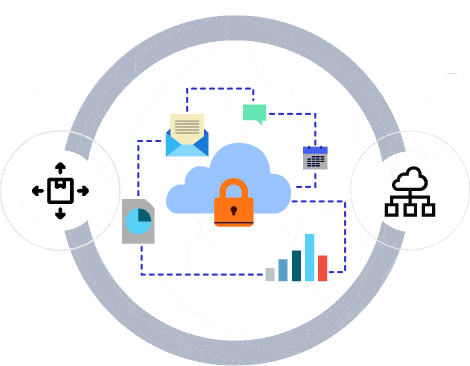
The data sharing process concerning Online Databases is much simpler and quick as the data is stored online and one can assimilate, segregate and share the required sets of information in large quantities to an equally wider audience
Traditional Databases are device dependent as their storage systems are tangible, and they may be in the form of tools like hard drives, CDs, floppy disks, registers, etc. The consumer would require to have them intact and within their reach
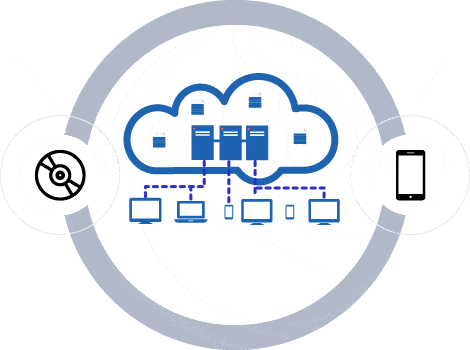
Online Databases also known as Web Databases are device independent as cloud computing complies to multiple operating systems and can be accessed from a mobile, desktop or any other electronic device without any difference in quality
You don’t need to carry around your Online Database as they can be accessed from any device connected to the internet.




Everything that revolves around data is dynamic – things are never the same, be it the count, the medium of storage, the usage or the longevity of it; you never know what the next technology holds for the future of databases. We can safely say this because even a one or a two decades ago mankind never knew cloud computing could really work or even exists in the first place. Moreover, we cannot say that traditional databases have been totally eclipsed by online or web databases as they are still in practice.
However, as time is money and more than that, individuals and businesses are shifting from a traditional database system to online databases lately because even though cloud-based databases have certain flaws, the ease of access and the scalability factor cannot be ignored. ReachStream is an online platform wherein you can grow your company’s database to reach your B2B Prospects within the targeted industry effectively.
Let’s talk databases with ReachStream.

Author
A content curator who focuses on start-ups B2B marketing platforms.
Skills: Writing and proofreading skills, Strategic Planning, Strong Research Expertise, Adaptability, Communicate